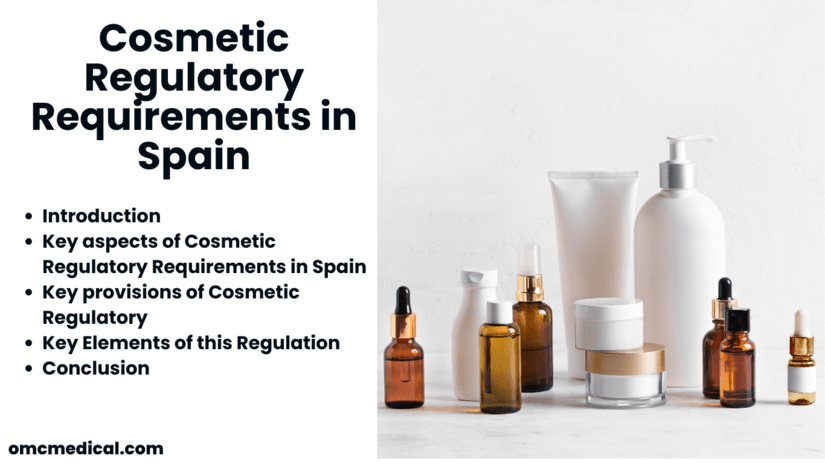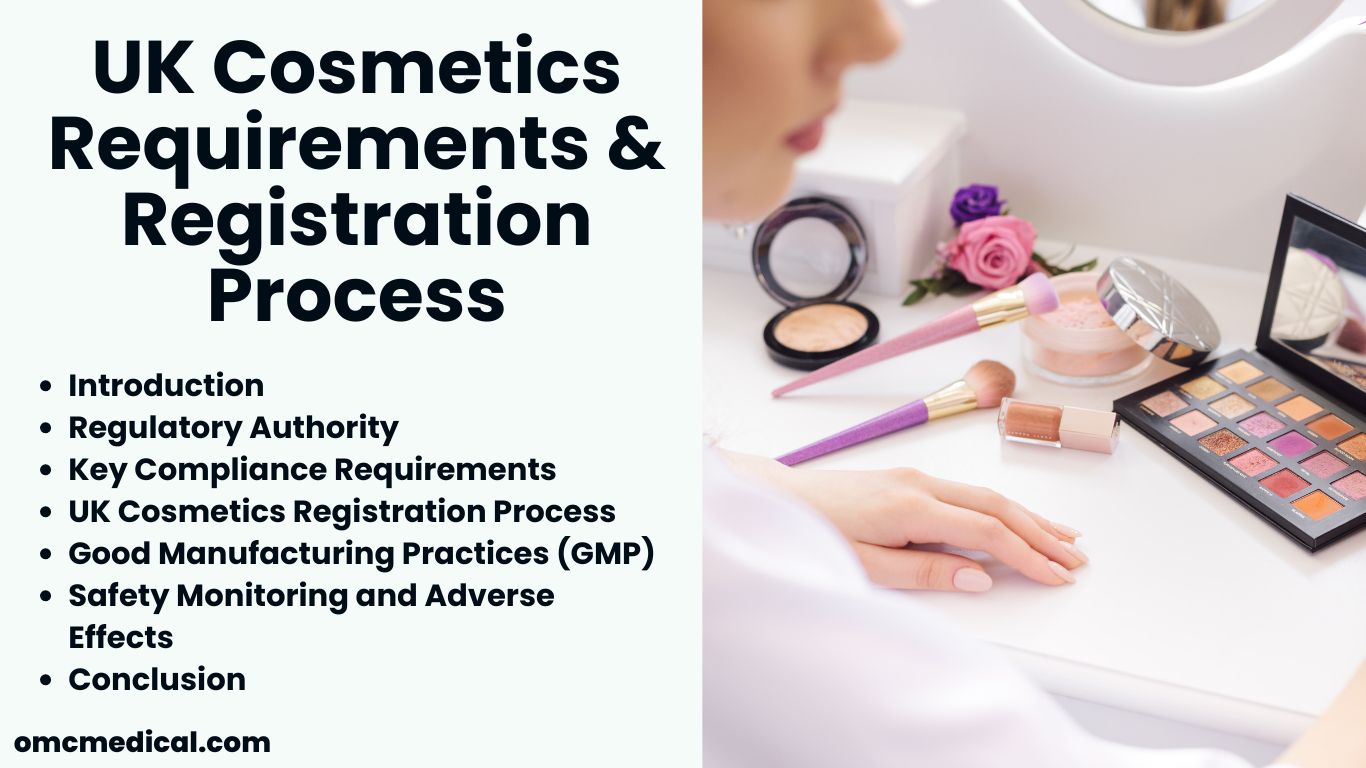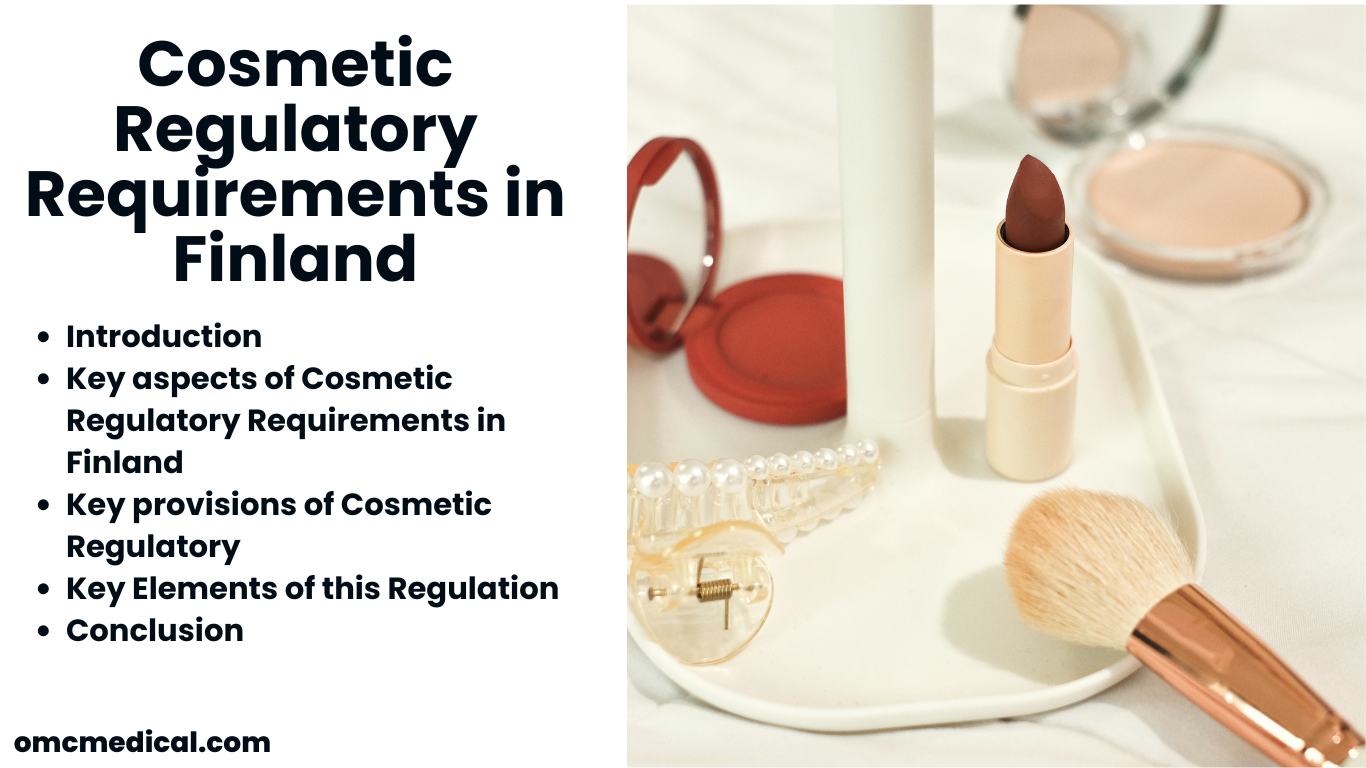Spain follows the European Union (EU) regulations for cosmetics, primarily governed by Regulation (EC) No 1223/2009. This regulation ensures the safety and compliance of cosmetic products marketed within the EU, including Spain.
Spanish Agency for Medicines and Health Products (Agencia Española de Medicamentos y Productos Sanitarios, AEMPS)
The regulatory authority responsible for overseeing cosmetic products in Spain is the Spanish Agency for Medicines and Health Products (Agencia Española de Medicamentos y Productos Sanitarios, AEMPS). AEMPS operates under the Ministry of Health and Consumer Affairs (Ministerio de Sanidad y Consumo) and ensures that cosmetic products comply with the relevant EU regulations and national requirements.
Language Requirements
Spain recognizes several official languages, including Spanish (Castilian), Catalan, Galician, and Basque. However, for cosmetic products, the primary language requirement is Spanish (Castilian). The essential information on cosmetic product labels, such as the product name, ingredient list, warnings, instructions for use, and safety precautions, must be in Spanish.
Adverse Event Reporting
Adverse event reporting for cosmetics in Spain aligns with EU regulations, emphasizing the importance of promptly reporting serious incidents to the competent authority. Manufacturers and distributors must ensure compliance with these requirements to maintain product safety and regulatory compliance in the Spanish market.
Product Safety Assessment
Before placing a cosmetic product on the market, manufacturers must conduct a safety assessment. This assessment evaluates the safety of the product for human health under normal or reasonably foreseeable conditions of use.
Enforcement
AEMPS monitors compliance with cosmetic regulations through inspections and market surveillance activities. Non-compliance with regulatory requirements may result in enforcement actions, including product removal from the market and penalties for responsible parties.
Key Provisions of Cosmetic Regulatory Requirements in Spain
The Regulation (EC) No 1223/2009 on cosmetic products, which came into effect on July 11, 2013, replaced the Cosmetics Directive 76/768/EEC. The main objectives of this regulation are to ensure the safety of cosmetic products and to streamline the requirements across the EU member states.
Key Elements of this Regulation include
Safety Assessment
Before a cosmetic product can be placed on the market, it must undergo a safety assessment conducted by a qualified safety assessor. The safety report is part of the Product Information File (PIF).
Product Information File (PIF)
Every cosmetic product must have a PIF, which includes detailed information about the product, such as the safety assessment, product description, manufacturing method, proof of the effects claimed, and data on any animal testing performed.
Notification
Cosmetic products must be notified to the EU Cosmetic Products Notification Portal (CPNP) before being marketed. This centralized database is accessible to competent authorities for market surveillance and emergency purposes.
Labelling
The product label must include the name and address of the responsible person, the country of origin for imported products, the nominal content, the date of minimum durability, precautions for use, the batch number, the product’s function, and a list of ingredients.
Cosmetic Good Manufacturing Practices (GMP)
Compliance with Good Manufacturing Practice, as outlined in ISO 22716, is mandatory to ensure the quality and safety of cosmetic products.
Nanomaterials
Special provisions apply to nanomaterials used in cosmetics, including specific labelling requirements and notification to the European Commission.
Conclusion
In conclusion, cosmetic products marketed in Spain must adhere to the EU regulations outlined in Regulation (EC) No 1223/2009. The Spanish Agency for Medicines and Health Products (AEMPS) plays a crucial role in ensuring the safety, quality, and compliance of cosmetic products available to consumers in Spain. Manufacturers and importers must carefully navigate these regulatory requirements to successfully market their cosmetic products in the Spanish market.







